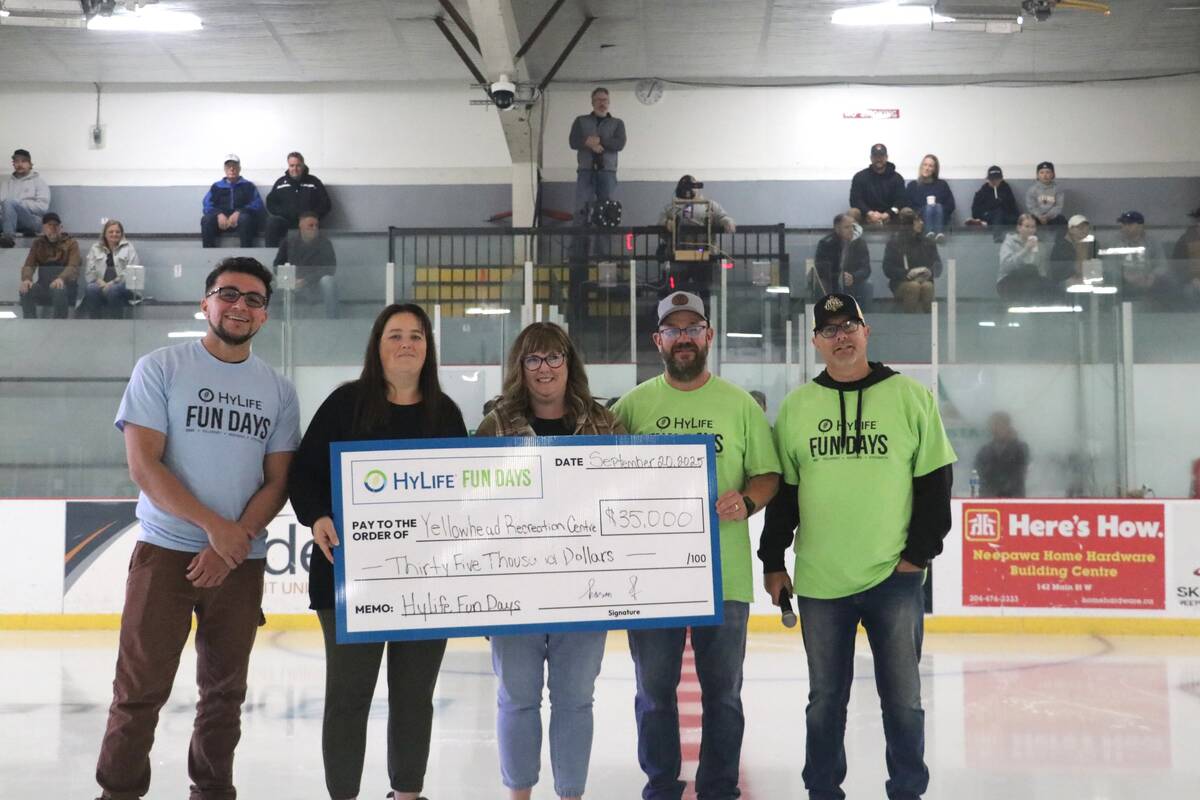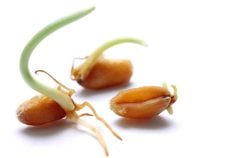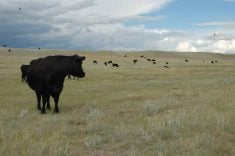SWIFT CURRENT, Sask. – The timing of fungicide applications on cereal crops is critical to protecting yield potential, says Saskatchewan’s plant disease specialist.
Faye Dokken-Bouchard told producers at the Wheatland Conservation Area field day near Swift Current that they must know at what growth stage a particular crop sets its yield.
That in turn determines when fungicides should be applied.
“The top two leaves will determine yield,” she said about cereal leaf disease. “Protecting the flag leaf and the penultimate leaf is the main target.”
Read Also

Manitoba community projects get support from HyLife
HyLife Fun Days 2025 donated $35,000 each to recreation and housing projects in Killarney, Steinach and Neepawa earlier this fall.
A healthy green flag leaf is essential for photosynthesis and a strong plant.
Some producers may apply a half rate of fungicide with their herbicide at the three-to five-leaf stage if they see high disease pressure. This acts as a preventive measure and can be beneficial when cereals are grown on cereal residue, symptoms are on the newest leaf, the canopy is moist and dense, and crop prices are good.
“At that stage, the yield is not being determined so you have to follow up,” Dokken-Bouchard said. If producers can apply fungicide only once, she said, it should be at this point.
This application will also control rust, which has a tremendous impact on yield.















